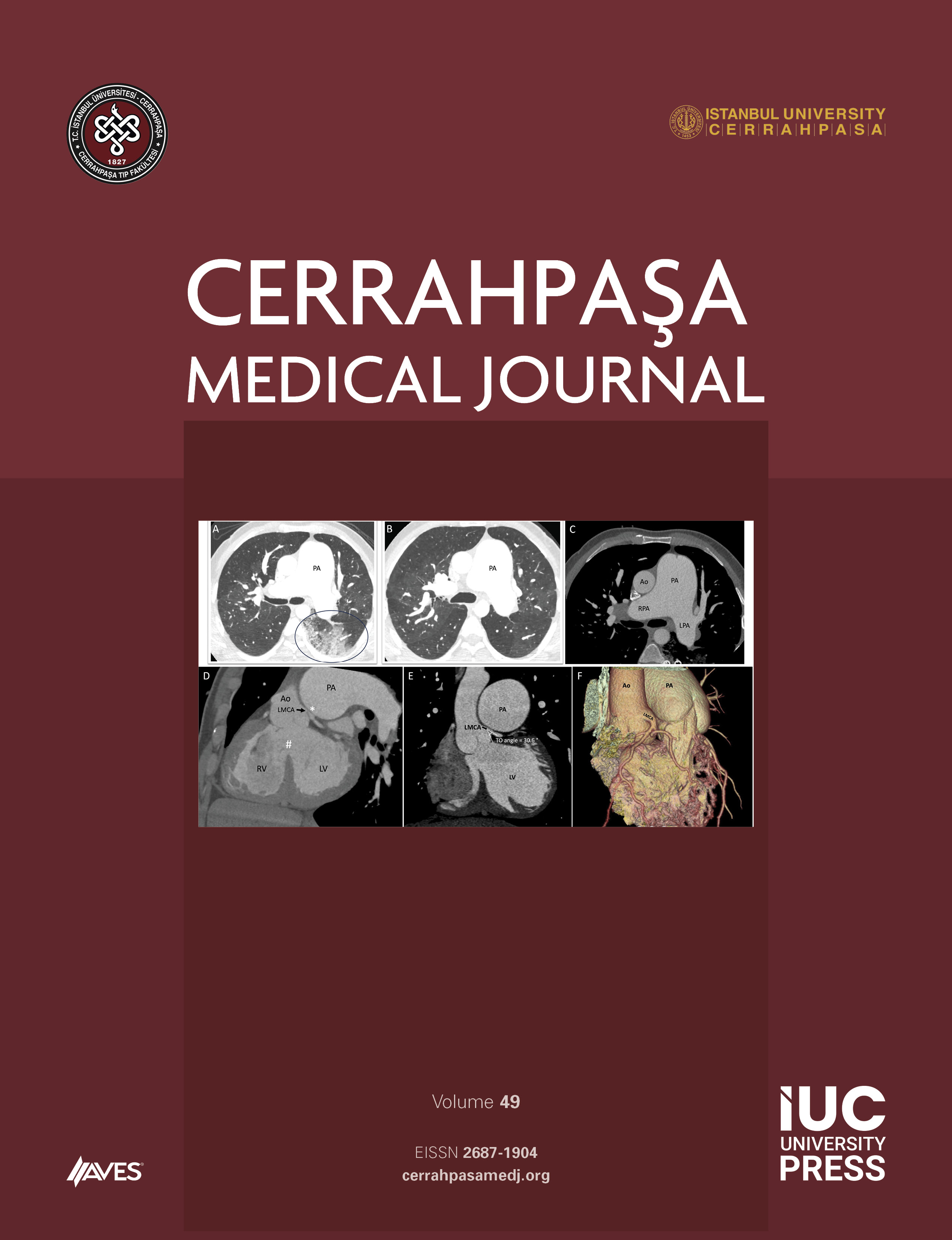Objective: This study aimed to delineate the etiology, clinical, and demographic characteristics of pediatric patients presenting to the emergency service with poisoning complaints and to evaluate the treatment processes retrospectively.
Methods: The cases were assessed based on age, gender, admission date and hospital stay duration, admission reason, type and quantity of the active substance, intake route, symptoms and signs, and treatment type and duration. Causes of poisoning and poisonous substance types were classified. Since the duration of our study included the periods before and after the coronavirus disease 2019 epidemic, both periods were compared.
Results: The study included 2433 pediatric poisoning cases that met the inclusion criteria. Of these, 51.3% were male and 48.7% were female. The majority (72.2%) belonging to the 1-6-year age bracket. A substantial portion of poisoning cases (83.8%) were accidental, while suicide attempts constituted 13.6%. Poisoning incidents peaked in the spring season (29.3%). Pharmaceuticals were the most common type of poisoning agents (45%), followed by corrosive-solvent substances. Alcohol-containing substances notably increased from 2.5% (n = 29) pre pandemic to 7.1% (n = 89) post pandemic. Among the 558 who had an endoscopy, 126 patients (23%) exhibited signs of gastritis, ulcer, and esophagitis. Interestingly, 73.8% of the patients were asymptomatic, and 20.3% exhibited gastrointestinal symptoms. The mean duration of an emergency department visit was 15.6 ± 9 hours, with 73% of patients being discharged from the ambulatory service. Out of all the cases, it was determined that 1 patient (0.04%) who was treated for suicide died.
Conclusion: While the majority of poisoning cases in children predominantly occur due to accidents in the 0-6 years age group and show a decreasing trend thereafter, they increase again in adolescence due to suicide-related presentations. Among all cases, pharmaceuticals are the primary cause. However, there was a noticeable increase in poisoning due to alcohol-containing substances in the post-pandemic period.
Cite this article as: Dağ ÖO, Yeşil Y, Özdemir AA. Acute poisoning in pediatric emergency department: a 5-year analysis. Cerrahpaşa Med J. 2024;48(3):201-206.



